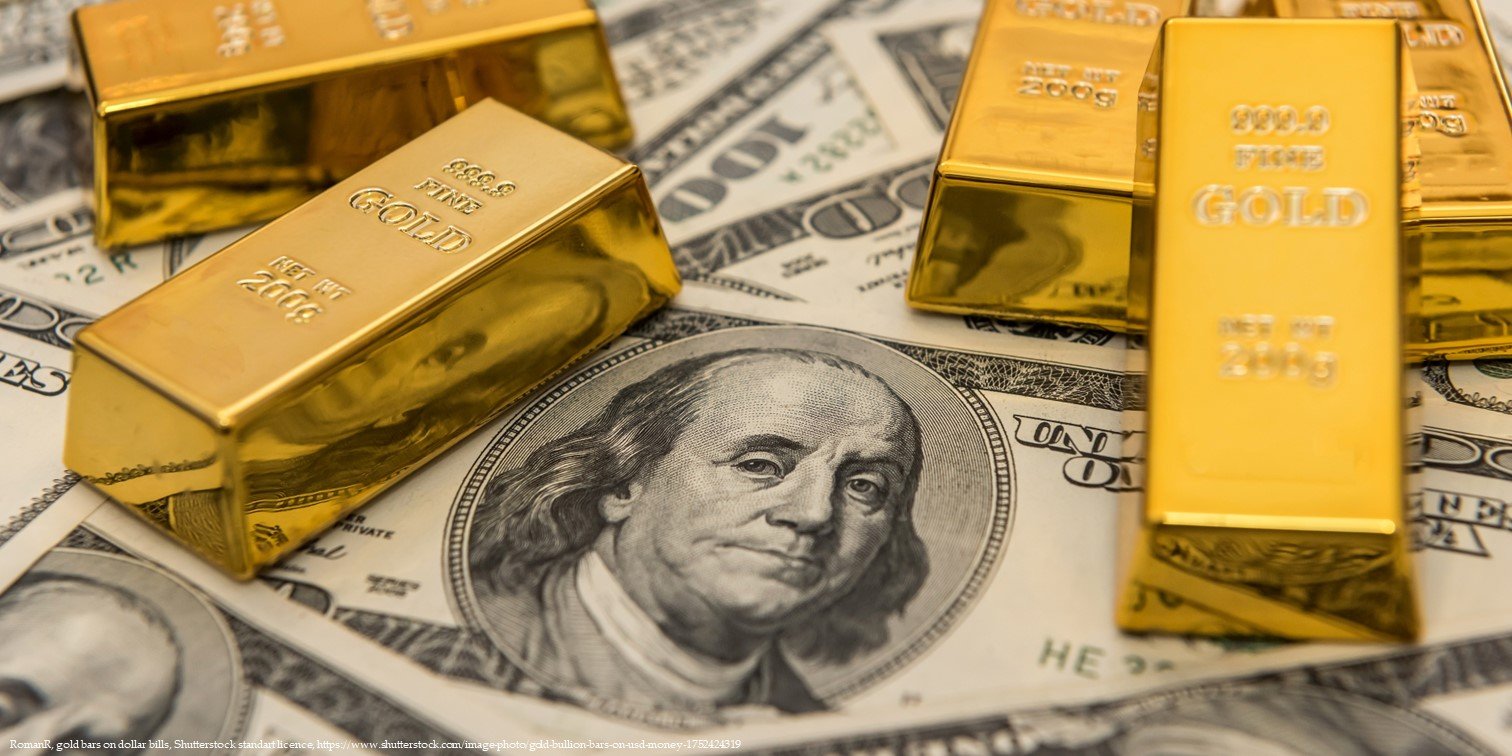Gold Soars to Record High on Middle East Tensions and Global Geopolitical Uncertainty
Gold reached a new all-time high of $3,028 as rising geopolitical tensions spark a demand for safe-haven assets. The increase comes after Israel pounded Gaza with airstrikes that signal the breakdown of a ceasefire agreement, stimulating concerns of wider regional war and retaliation by militant factions. Also, world markets are in suspense before a high-stakes telephone conversation between U.S. President Donald Trump and Russian President Vladimir Putin, with fears of sidelining Ukraine from peace negotiations. Soft U.S. economic data, upcoming Federal Reserve actions, and Germany’s anticipated defense spending increase further add to bullish momentum in gold, as investors look to higher levels with increasing uncertainty. KEY LOOKOUTS • Israeli attacks on Gaza bringing an end to the ceasefire agreement have increased market anxiety, prompting investors to seek refuge in safe-haven investments such as gold. • The imminent telephone conversation between U.S. President Trump and Russian President Putin has the potential to change global geopolitics, guiding gold’s future direction. • Weak U.S. retail sales and anticipated Federal Reserve interest rate stability are enhancing gold’s safe-haven status. • Gold has crossed major resistance levels with traders now looking to $3,030 as the next target and $3,200 as a possible medium-term milestone. Gold traders are factoring in the rising geopolitical tensions in the Middle East, specifically the consequences of Israeli attacks on Gaza and possible retaliatory measures that would boost further safe-haven demand. Market players are also keenly observing the result of the expected Trump-Putin phone conversation, which can have a sizeable impact on global risk appetite and investor sentiment. Moreover, Germany’s referendum on a large defense budget and the Federal Reserve’s policy direction in the next meeting are pivotal drivers of gold’s movement. Gold traders need to keep an eye out for increasing geopolitical tensions, particularly following the Israeli attacks on Gaza and Trump-Putin’s upcoming phone call. Attention is also focused on Germany’s defense budget vote and on the Fed policy stance, as both have the potential to continue fueling the trend. Major technical levels at $3,020–$3,030 are still pivotal for short-term direction. • Gold records a new all-time high of $3,028 as geopolitical tensions increase and safe-haven buying. • Israeli attacks on Gaza signal the collapse of the ceasefire, threatening wider regional war. • Investors turn to gold as a safe-haven commodity in times of global uncertainty and economic anxiety. • Trump-Putin telephone call hangs over the horizon, threatening to reshape the geopolitical landscape and affect gold prices. • German parliament to approve a $49 billion defense budget, which could give further impetus to the gold rally. • Weakening U.S. retail sales and dovish Fed policy lean favor rate cut expectations, underpinning gold demand. • Technical breakout still in play, with near-term resistance at key levels of $3,020 and $3,030 and support at $3,014/$3,007. Gold has again asserted its strength as a sound safe-haven instrument, hitting an all-time record in the backdrop of rising worldwide tensions. The recent Israeli bombardment of Gaza, marking the end of the ceasefire, has heightened concerns of a wider regional war, causing investors to flock to precious metals. The demand for gold in this instance mirrors increasing nervousness in international markets, where geopolitical tensions tend to push investors toward safer assets. As tensions in the Middle East escalate, gold remains in the spotlight as a value store in times of uncertainty. XAU/USD Daily Price Chart Chart Source: TradingView Joining the overall tension is a much-awaited phone call between U.S. President Donald Trump and Russian President Vladimir Putin which is of particular interest. Given that the conversation is set to be around the Ukrainian war, markets are preparing for any significant geopolitical change. In addition, Germany’s impending vote on a large defense spending bill is a sign of a larger trend of heightened military emphasis among world powers. Combined with soft U.S. economic data and uncertainty regarding future policy direction, these events are supporting gold’s status as a premier asset during periods of global uncertainty. TECHNICAL ANALYSIS Gold has exhibited healthy bullish momentum by overcoming prior resistance areas and posting a fresh all-time high. The rally shows sustained investor belief, with price action recording higher highs consistently. Experts indicate psychological levels of $3,020 and $3,030 can be important zones for the short term, while earlier resistance becomes support. As key institutions start to forecast targets around $3,200, sentiment is still bullish; however, traders should be careful of reversals, as overbought rallies tend to attract profit-taking and corrective action. FORECAST Gold remains strong in bullish motion. The precious metal is highly situated to rise further, particularly if turmoil in the Middle East intensifies or world powers are unable to achieve diplomatic solutions. Moreover, hopes of Federal Reserve rate cuts and higher defense spending by major economies may continue to drive investor appetite for gold as a safe-haven asset. Most analysts now believe that gold can test higher levels, with estimates looking toward the $3,100–$3,200 level in the medium term, driven by persistent market interest and supportive macroeconomic conditions. Even with the current rally, gold is not exempt from corrections. If geopolitical tensions subside or diplomatic developments occur—e.g., a fruitful Trump-Putin deal or a fresh Middle East ceasefire—investor psychology may move away from safe-haven assets. And if stronger-than-anticipated U.S. economic data comes out soon or the Federal Reserve hints at a more aggressive posture, gold may come under pressure. An abrupt shift in market positioning or profit-taking at higher levels can also induce short-term pullbacks, moving prices toward significant support areas and temporarily tempering the bullish trend.












